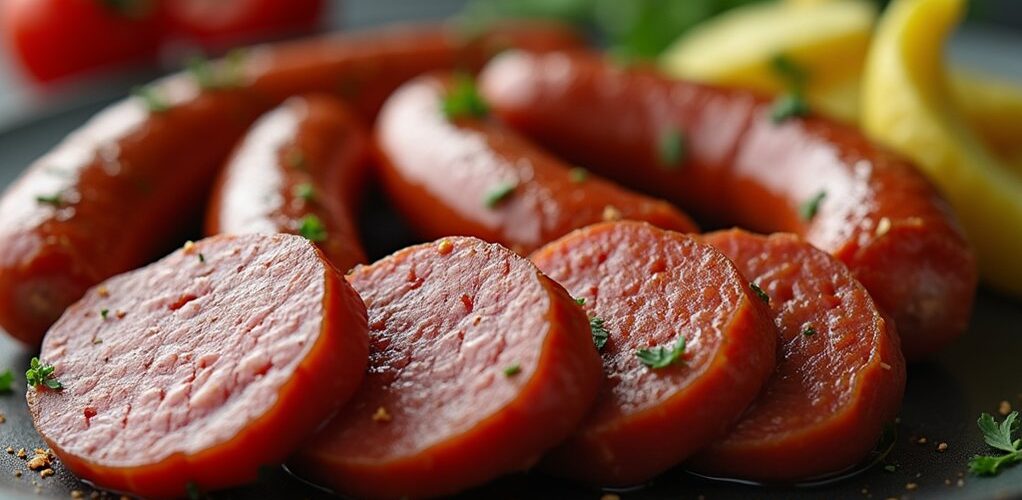
Kielbasa generally maintains a low-carb profile, containing 1-4 grams of net carbs per two-ounce serving while providing 8-12 grams of protein. Traditional varieties offer fewer carbohydrates than commercial options, which may include hidden sugars and fillers that increase carb content. Careful label reading reveals that some brands contain up to 5.36 grams of net carbs per 100g serving. For ideal low-carb choices, examining ingredient lists and selecting high-quality, minimally processed options guarantees the best nutritional outcomes.
Key Takeaways
- Traditional kielbasa is generally low-carb, containing only 1-4 grams of net carbs per 2-ounce serving.
- Commercial kielbasa brands may contain higher carbs due to added sugars, fillers, and binding agents.
- Kielbasa provides 8-12 grams of protein and 10-15 grams of fat per serving, making it keto-friendly.
- Reading labels is crucial, as some brands use hidden sugars like corn syrup or dextrose.
- Choose kielbasa from local butchers or artisanal producers to ensure minimal carbs and clean ingredients.
Understanding Kielbasa's Nutritional Profile
The nutritional composition of kielbasa reveals it to be a generally low-carb protein source, containing between 1-4 grams of carbohydrates per 2-ounce serving. This Polish sausage stands apart from many high-carb processed foods due to its favorable macronutrient balance, offering 8-12 grams of protein and 10-15 grams of fat per serving. When evaluating kielbasa's carbohydrate content, consumers should carefully examine nutritional labels, as variations exist between manufacturers. Some commercial brands incorporate fillers and sugars that can raise the carbs per serving. To maintain a truly low-carb kielbasa nutritional profile, selecting versions free from additives like high fructose corn syrup and sodium nitrite is crucial. This attention to ingredient quality helps guarantee the sausage remains compatible with low-carbohydrate dietary goals. Additionally, the ketogenic diet, which is beneficial for managing type 2 diabetes, emphasizes low-carb, high-fat foods like kielbasa to support blood sugar stability and improved insulin sensitivity.
Net Carb Content in Different Kielbasa Types
The net carb content in kielbasa varies considerably between traditional, homemade recipes and mass-produced commercial varieties, with traditional preparations generally containing fewer carbohydrates.
Commercial kielbasa products often incorporate sweeteners and fillers that can increase the net carb count to 4-5 grams per serving, making accurate label reading essential for those monitoring their carbohydrate intake.
Traditional vs. Commercial Carbs
Understanding the difference between traditional and commercial kielbasa's carbohydrate content reveals significant variations in their nutritional profiles.
Traditional kielbasa, crafted from high-quality pork, typically contains just 1-4 grams of net carbs per 2-ounce serving, making it suitable for low-carb diets.
However, commercial varieties like Hillshire Farm Polska Kielbasa average 5.36 grams of net carbs per 100 grams due to added ingredients.
The disparity stems from commercial manufacturers' use of high-carb fillers, preservatives, and sweeteners such as high fructose corn syrup and dextrose.
Homemade or artisanal kielbasa maintains lower carb counts by avoiding these additives.
For those following strict low-carb or keto diets, traditional kielbasa preparations offer a better option than their commercial counterparts, which often contain hidden sugars and unnecessary fillers.
Tracking Kielbasa Net Carbs
Successfully tracking kielbasa net carbs requires careful attention to product labels and brand variations, as different types can contain vastly different carbohydrate levels. When following a keto diet, understanding serving size and carb content becomes essential for maintaining ketosis. Consumers should carefully examine ingredient labels for added sugars and fillers that can increase net carbs.
| Brand Type | Serving Size | Net Carbs |
|---|---|---|
| Traditional | 2 oz (56g) | 3-4g |
| Commercial | 2 oz (56g) | 4-6g |
| Keto-Friendly | 2 oz (56g) | 1-2g |
| Artisanal | 2 oz (56g) | 2-3g |
| Budget | 2 oz (56g) | 5-7g |
For those seeking low carb options, specialized keto-friendly kielbasa brands typically offer products with minimal net carbs, making them more suitable for carb-restricted diets.
Hidden Sugar Sources in Commercial Kielbasa
While commercial kielbasa may appear to be a low-carb option at first glance, many mass-produced varieties contain hidden sugar sources that can greatly impact their carbohydrate content.
Despite its meaty appearance, store-bought kielbasa often harbors unexpected sugars that can derail your low-carb eating goals.
A single 100g serving of some commercial brands can contain up to 5.36g of net carbs, primarily due to added sweeteners and binding agents.
To identify and avoid hidden sugars in processed kielbasa, consumers should:
- Check ingredient labels for high fructose corn syrup and dextrose
- Watch for binding agents like breadcrumbs or potato flour
- Look for sodium nitrite, which often indicates highly processed varieties
For those following a low-carb diet, choosing homemade or artisanal kielbasa provides better control over ingredients and typically results in fewer hidden carbs compared to mass-produced options.
Best Low-Carb Sausage Alternatives
Grass-fed artisanal sausages offer excellent low-carb alternatives to traditional kielbasa, with many premium producers using only natural seasonings and high-quality meats. Italian dry-cured options, such as salami and soppressata, typically contain minimal carbohydrates while delivering rich flavors through traditional curing methods. These specialty sausage varieties often provide superior nutritional profiles, with many containing beneficial omega-3 fatty acids from grass-fed sources and no artificial preservatives or hidden sugars. When selecting oils for cooking, consider options like avocado oil, which has a high smoke point suitable for various cooking methods.
Grass-Fed Artisanal Sausages
Modern artisanal sausage makers have revolutionized the low-carb market with their grass-fed offerings, providing health-conscious consumers with superior alternatives to conventional kielbasa.
These high-quality sausages emphasize natural ingredients while avoiding unnecessary additives and sugar, making them perfect for carb-conscious diets.
For ideal low-carb sausage selection, consumers should consider:
- Checking labels for zero added sugars and minimal carb-containing additives
- Selecting grass-fed options rich in omega-3 fatty acids
- Choosing artisanal brands that prioritize whole, natural ingredients
The attention to quality in grass-fed artisanal sausages extends beyond their low-carb benefits, as these products often feature carefully curated spice blends that enhance flavor without compromising nutritional goals.
This combination of thoughtful ingredients and traditional craftsmanship makes artisanal sausages an excellent choice for health-conscious consumers.
Italian Dry-Cured Options
For those seeking exceptional low-carb alternatives to kielbasa, Italian dry-cured sausages stand out as premium options in the world of artisanal meats.
Traditional varieties like salami and prosciutto contain minimal net carbs, typically ranging from 0-2 grams per serving, making them ideal for keto and low-carb dietary plans.
These artisanal meats are crafted using high-quality ingredients and seasoned with herbs and spices, offering substantial protein and healthy fats without unnecessary carbohydrates.
When selecting Italian dry-cured sausages, it's essential to check labels carefully, as some commercial producers may incorporate fillers or added sugars that can increase carb content.
These versatile meats can be enjoyed independently or incorporated into low-carb meals, providing a satisfying option for health-conscious consumers seeking authentic flavor without compromising their dietary goals.
Reading Kielbasa Labels for Keto Success
When following a ketogenic diet, understanding how to read kielbasa labels becomes vital for maintaining successful nutritional goals. Careful inspection of ingredient lists helps identify low-carb options while avoiding unhealthy additives and added sugars that can disrupt ketosis.
- Check the total carbohydrate content, which typically ranges from 1-4 grams net carbs per serving, and pay close attention to serving sizes.
- Look for high-quality meat products without fillers like high fructose corn syrup or dextrose.
- Examine ingredients carefully to avoid sodium nitrite and other additives that compromise keto-friendly status.
A 100g serving of kielbasa can contain up to 5.36g of net carbs, making portion control essential for staying within daily keto limits of 20g-30g carbohydrates. Familiarity with serving sizes prevents misinterpretation and excessive carb consumption, which is crucial for anyone following a keto diet. Selecting products with minimal additives guarantees better compliance with ketogenic dietary guidelines.
Smart Tips for Enjoying Kielbasa on a Low-Carb Diet
Successfully integrating kielbasa into a low-carb diet requires smart preparation and mindful consumption strategies. Careful examination of the nutritional label is essential, focusing on net carbs per serving and watching for high-glycemic sweeteners that could affect blood sugar levels. To maximize the benefits of kielbasa while maintaining a low-carb diet, pair it with nutrient-rich, low-carb vegetables like zucchini or broccoli. Avoid heavily processed food varieties that often contain hidden carbohydrates and fillers. Instead, opt for quality kielbasa from local butchers or reputable manufacturers who prioritize clean ingredients. It's important to stay away from high-carb breakfast foods that can disrupt ketosis, and instead focus on nutrient-dense, low-carb options. The ideal choice should contain between 1-4 grams of net carbs per serving, making it a healthy choice for those monitoring their carbohydrate intake while still enjoying this flavorful meat option.
Frequently Asked Questions
Does Kielbasa Have a Lot of Carbs?
Kielbasa nutrition generally shows a moderate carbohydrate content, with most varieties containing 1-4 grams per 2-ounce serving. Careful ingredient inspection helps identify low carb alternatives suitable for dietary restrictions.
Which Sausage Has the Lowest Carbs?
Plain pork sausage typically contains the lowest carbs, followed by beef sausage. Turkey and chicken sausages maintain low carb levels, while vegetarian sausages generally have higher carbohydrate content due to plant-based fillers.
What Is the Healthiest Kielbasa to Eat?
Organic, grass-fed pork kielbasa from local butchers offers ideal health benefits. Brands like Sure Keto and Teton Waters Ranch provide quality ingredients, minimal preservatives, and versatile cooking options for various dietary preferences.
Can I Eat Sausages on a Low-Carb Diet?
Sausages can be excellent low-carb options when chosen carefully. Most varieties contain minimal carbohydrates, making them keto-friendly protein sources. Checking nutrition facts and practicing portion control guarantees they fit into healthy meal planning.
Conclusion
Kielbasa can be incorporated into a low-carb diet when chosen and portioned carefully. Traditional varieties contain 1-3 grams of carbs per serving, though commercial brands may include hidden sugars and fillers. By selecting naturally cured kielbasa, reading labels diligently, and controlling portion sizes, those following ketogenic or low-carb diets can enjoy this flavorful sausage. When in doubt, opt for fresh, minimally processed varieties from trusted butchers or consider sugar-free alternatives.
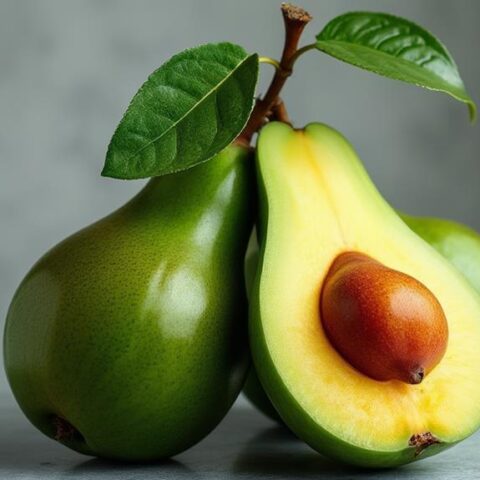
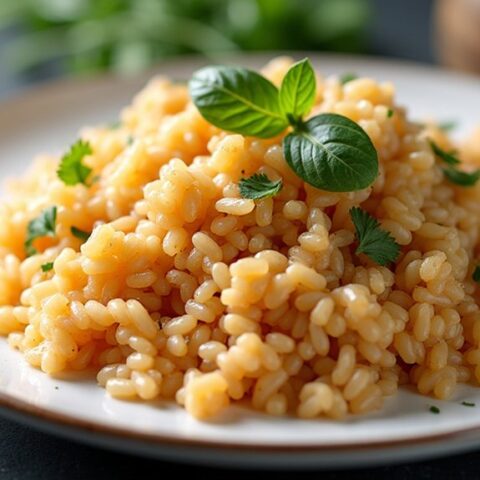

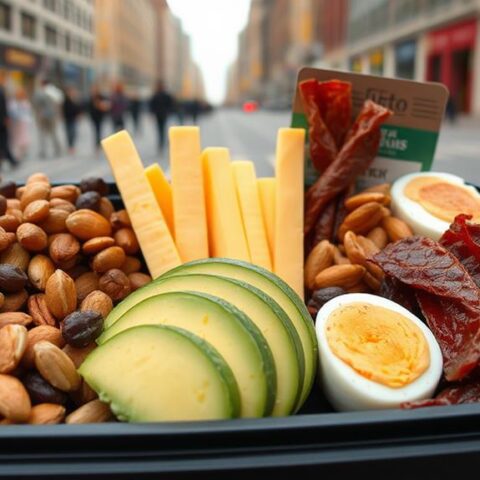
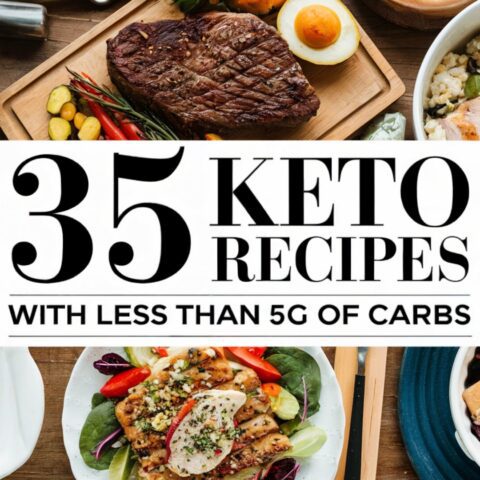

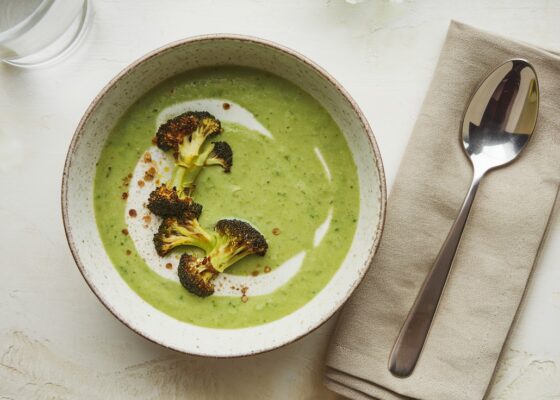

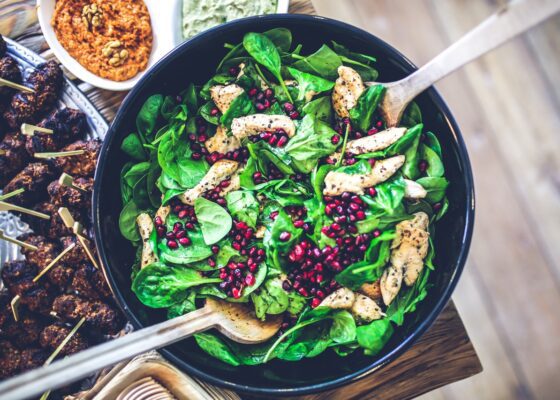

No Comments